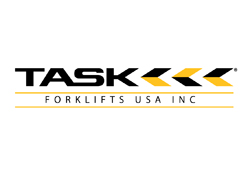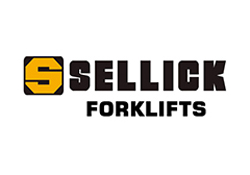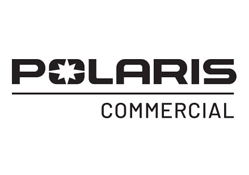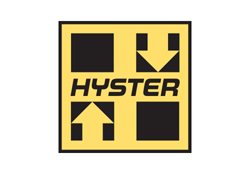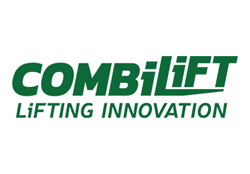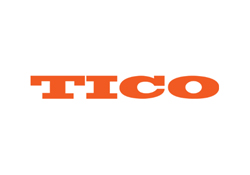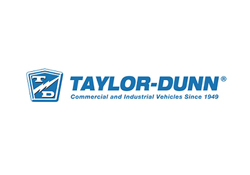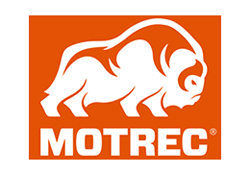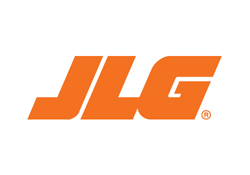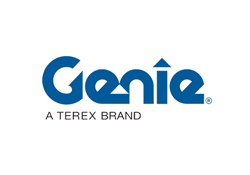Understanding Global Standards for the Best Electric Forklift Production
In the rapidly evolving landscape of material handling, understanding global standards for electric forklift production is crucial for businesses aiming to enhance operational efficiency and safety. According to a report by Allied Market Research, the global electric forklift market is projected to reach $14.58 billion by 2026, growing at a CAGR of 7.1% from 2019 to 2026. This growth underscores the importance of sourcing high-quality electric forklifts from reputable suppliers that comply with the latest industry standards and safety regulations. However, selecting the right vendor can be challenging given the plethora of options available. This blog will provide a comprehensive checklist to guide businesses in identifying premium suppliers, ensuring that they make informed decisions that align with their operational needs and sustainability goals.
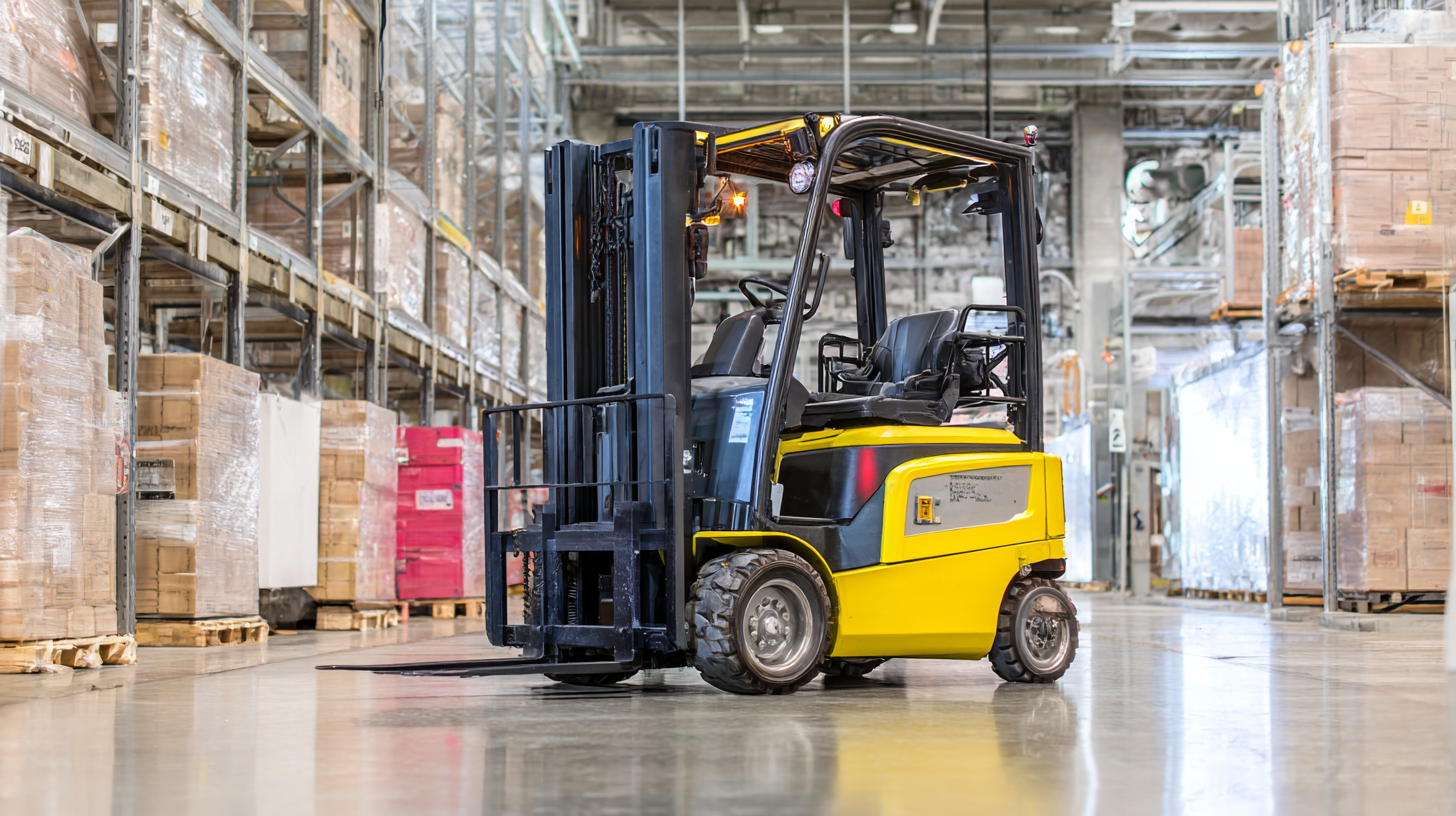
Challenges in Complying with International Electric Forklift Standards
Meeting international standards for electric forklifts poses significant challenges for manufacturers. As the global forklift market is projected to reach $10.9 billion by 2027 (Mordor Intelligence, 2022), compliance with standards such as ISO 16233 and IEC 60204-1 becomes increasingly critical. Failure to adhere to these standards can lead to unsafe equipment and hefty penalties, impacting both business reputation and profitability. Manufacturers must navigate complex regulations across different countries, making it essential to stay updated on local compliance requirements.
To overcome these challenges, companies should prioritize extensive training for their teams on relevant safety standards. Regular audits of their production processes can also help identify potential compliance issues early. Furthermore, collaborating with international standard organizations can provide invaluable insights into evolving regulations and best practices.
**Tips:**
1. Invest in a compliance management system that tracks regulations and ensures all team members are informed.
2. Establish a dedicated compliance team responsible for ongoing education and process improvements tailored to specific markets.
3. Stay proactive in engaging with industry conferences and webinars to stay ahead of emerging trends that might affect compliance.
Understanding Global Standards for the Best Electric Forklift Production
Common Types of Issues Encountered in Electric Forklift Production
Electric forklifts are becoming increasingly popular due to their efficiency and environmental benefits, but the production process is not without challenges. Common issues encountered in electric forklift production often stem from battery technology, supply chain disruptions, and compliance with global safety standards. According to the International Energy Agency, the demand for electric forklifts has surged, with a projected annual growth rate of 12% over the next five years. However, manufacturers face hurdles in sourcing lithium-ion batteries, which are critical for performance. Supply chain instability, exacerbated by geopolitical tensions, can lead to delays and increased costs.
To navigate these challenges, manufacturers can adopt a few key strategies. First, investing in a robust quality control system is essential for minimizing defects and improving compliance with ISO 9001 standards. This can enhance production efficiency and customer satisfaction. Second, forming strategic partnerships with battery suppliers can mitigate risks associated with sourcing. By aligning with reliable partners, companies can ensure a steady supply of high-quality batteries, which is crucial for maintaining production schedules.
Additionally, it's beneficial to stay updated with evolving safety regulations, such as those outlined by the Occupational Safety and Health Administration (OSHA). Regular training sessions for employees on new compliance requirements can reduce workplace hazards and enhance overall operational safety. By prioritizing these areas, electric forklift manufacturers can improve their production processes and meet the growing market demand effectively.
Understanding Global Standards for the Best Electric Forklift Production - Common Types of Issues Encountered in Electric Forklift Production
| Issue Type | Description | Frequency (%) | Impact Level |
|---|---|---|---|
| Battery Performance Issues | Inconsistent charging, reduced capacity, and short lifespan. | 30% | High |
| Motor Failures | Overheating, mechanical failures, and inefficiencies. | 20% | Medium |
| Electrical System Malfunctions | Wiring issues, short circuits, and component failures. | 25% | High |
| Drive Control Problems | Inconsistent speed control, erratic movements. | 15% | Medium |
| Maintenance and Servicing Issues | Lack of regular maintenance leading to increased breakdowns. | 10% | Low |
Evaluating the Impact of Non-Compliance on Forklift Performance
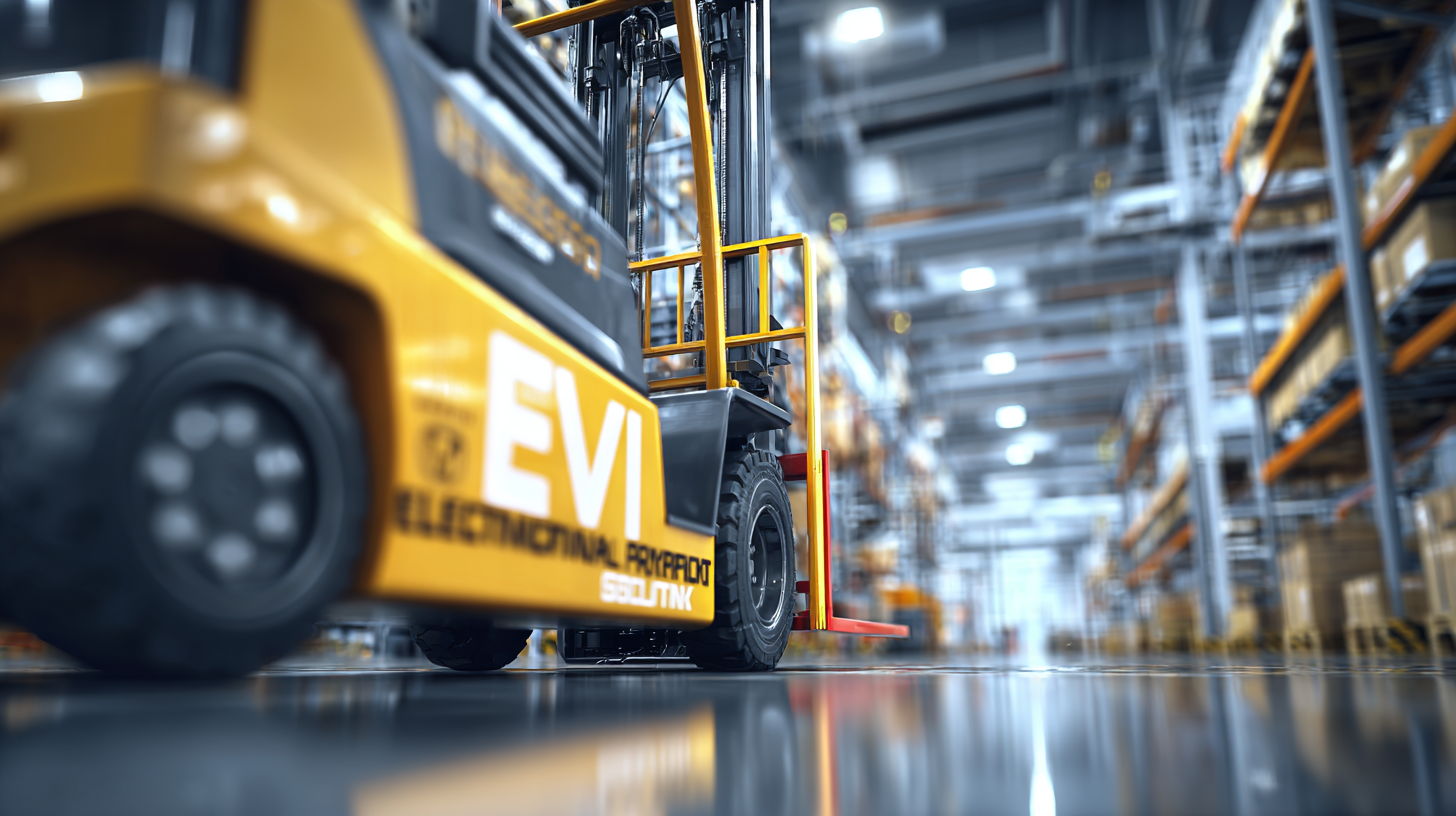 Non-compliance with global standards in electric forklift production can significantly compromise forklift performance and safety. When manufacturers overlook established regulations, they often sacrifice quality for cost-cutting measures. This can result in compromised battery efficiency, inadequate structural integrity, and failure to meet safety protocols—all critical factors that directly affect a forklift's reliability and lifespan. As electric forklifts play an essential role in warehouse and distribution center operations, any shortcomings in their performance due to non-compliance can lead to operational delays, increased maintenance costs, and ultimately, a hazardous working environment.
Non-compliance with global standards in electric forklift production can significantly compromise forklift performance and safety. When manufacturers overlook established regulations, they often sacrifice quality for cost-cutting measures. This can result in compromised battery efficiency, inadequate structural integrity, and failure to meet safety protocols—all critical factors that directly affect a forklift's reliability and lifespan. As electric forklifts play an essential role in warehouse and distribution center operations, any shortcomings in their performance due to non-compliance can lead to operational delays, increased maintenance costs, and ultimately, a hazardous working environment.
Moreover, the implications of non-compliance extend beyond immediate performance issues. Companies might face legal repercussions and damage their reputation in the industry, which can deter potential clients who prioritize safety and quality. Businesses that invest in forklifts manufactured under strict compliance are more likely to benefit from enhanced productivity and lower operational risks. Therefore, prioritizing adherence to global standards is not merely a regulatory formality; it is a vital strategy that can safeguard both the workforce and the operational efficiency of businesses that depend on electric forklifts.
Strategies to Overcome Production Problems in Electric Forklifts
Electric forklifts have become an essential component of modern logistics and warehouse management, yet their production is not without challenges. To address common production problems, manufacturers must adopt a proactive approach that encompasses advanced technology and skilled workforce training. Implementing automation and robotics in the production line can significantly enhance efficiency and reduce the likelihood of errors. By streamlining processes and facilitating real-time monitoring, manufacturers can quickly identify and rectify issues as they arise, ensuring a smoother production flow.
Another critical strategy involves fostering collaboration among departments within the manufacturing ecosystem. Communication gaps often lead to misunderstandings that hinder productivity and quality. By promoting teamwork between engineering, design, and assembly teams, companies can ensure that the design specifications align with production capabilities. Regular training and workshops can help keep all staff members updated on the latest standards and practices in electric forklift manufacturing. This holistic approach not only minimizes production challenges but also contributes to the overall quality and reliability of the electric forklifts produced, ultimately leading to greater customer satisfaction.
Case Studies: Real-World Examples of Electric Forklift Compliance Issues
In the evolving landscape of material handling, electric forklifts have emerged as a key player in enhancing productivity while minimizing environmental impact. However, real-world compliance issues related to global standards have surfaced, prompting a closer examination of manufacturing practices. For instance, a case study from a leading manufacturer revealed significant discrepancies in their battery disposal procedures, which failed to meet the stringent regulations set forth by the Environmental Protection Agency (EPA). This oversight not only affected their reputation but also led to hefty fines and costly recalls.
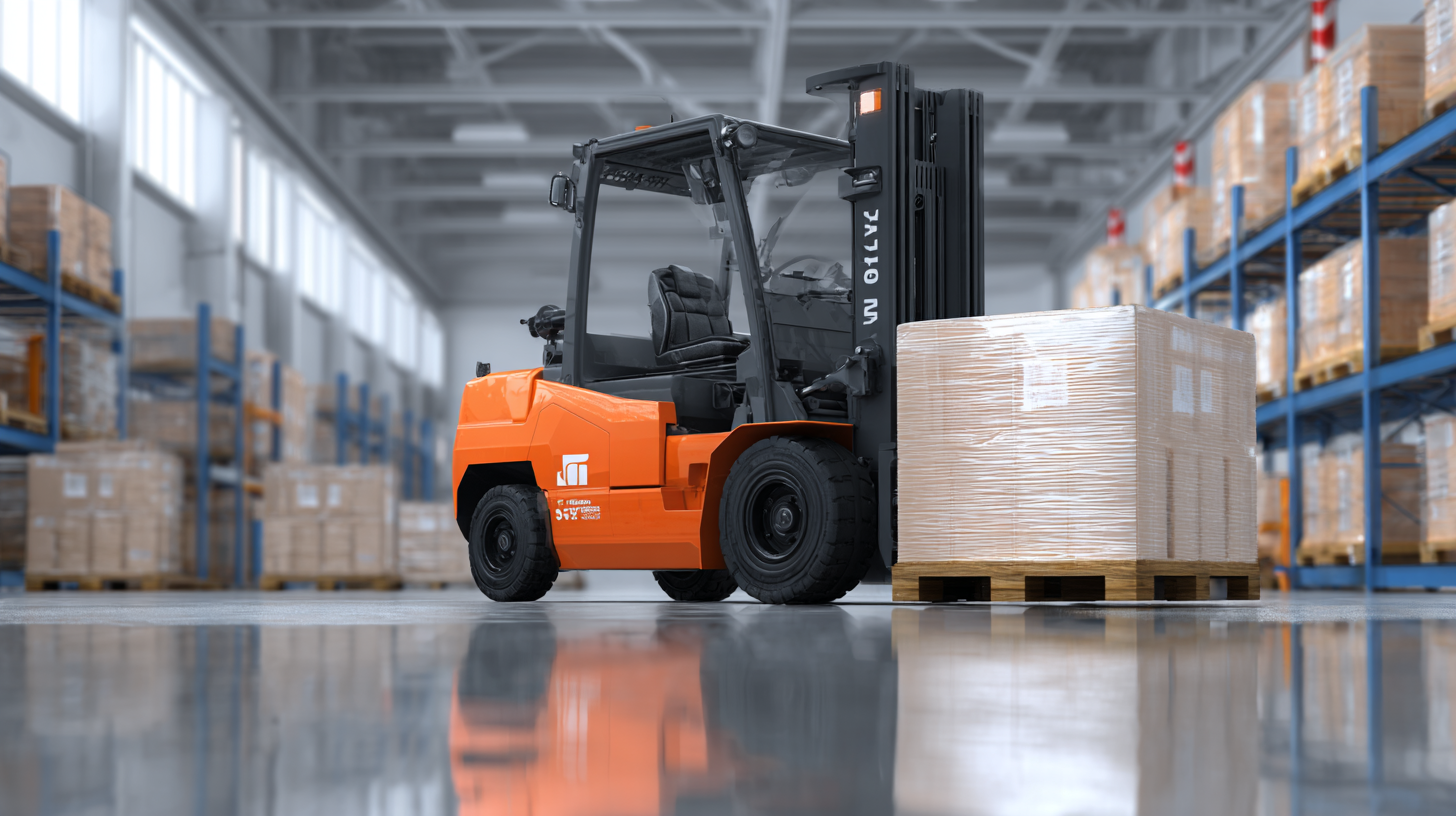
Another compelling example involves a European company that faced penalties due to the non-compliance of their electric forklift models with ISO safety standards. Despite implementing rigorous internal auditing processes, they discovered that certain components were sourced from suppliers who did not adhere to these essential protocols. This situation highlighted the critical importance of ensuring that every part of the production chain meets global compliance standards, as one lapse can jeopardize the entire operation and lead to serious safety concerns in the workplace. These case studies underscore the necessity for manufacturers to remain vigilant and proactive to mitigate risks in electric forklift production.
